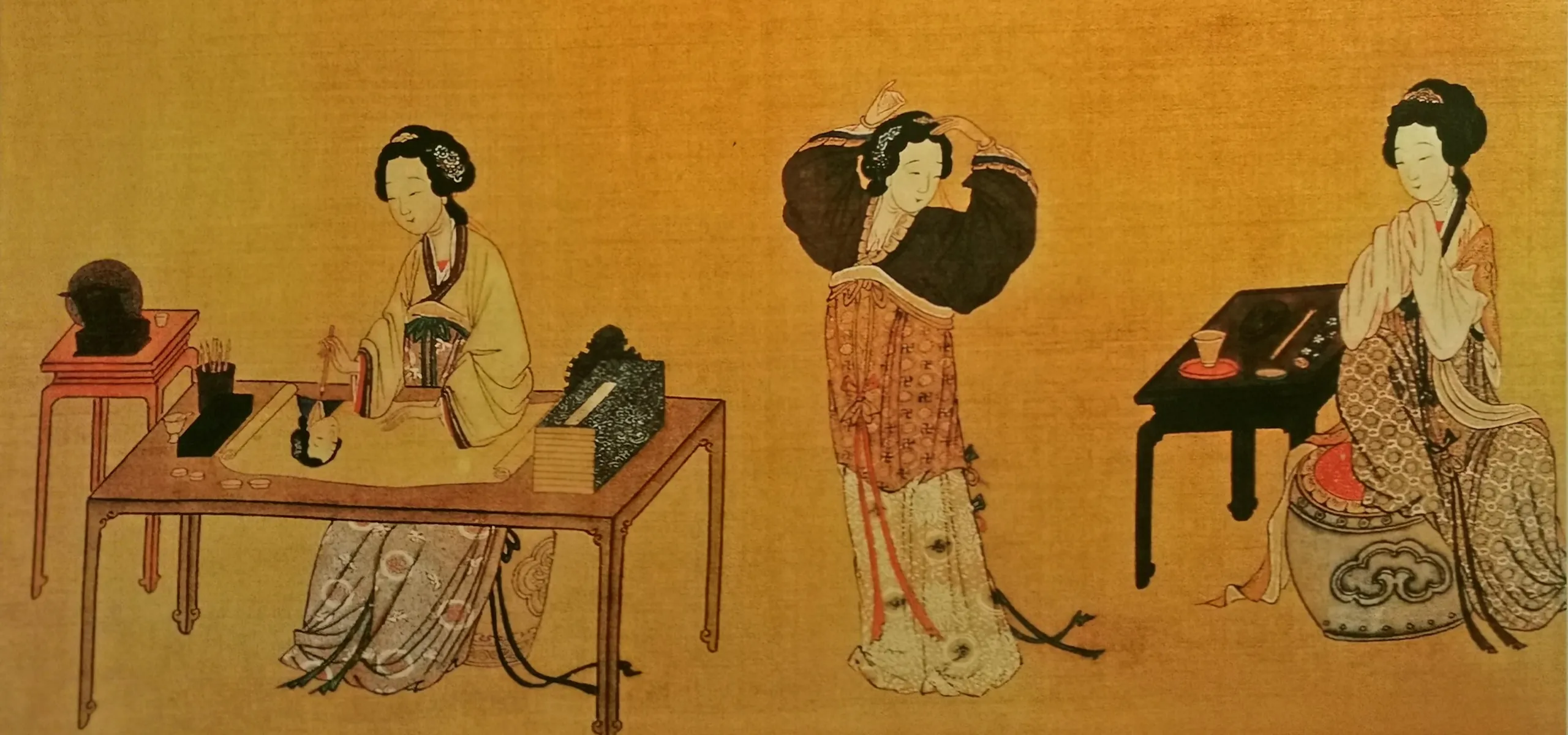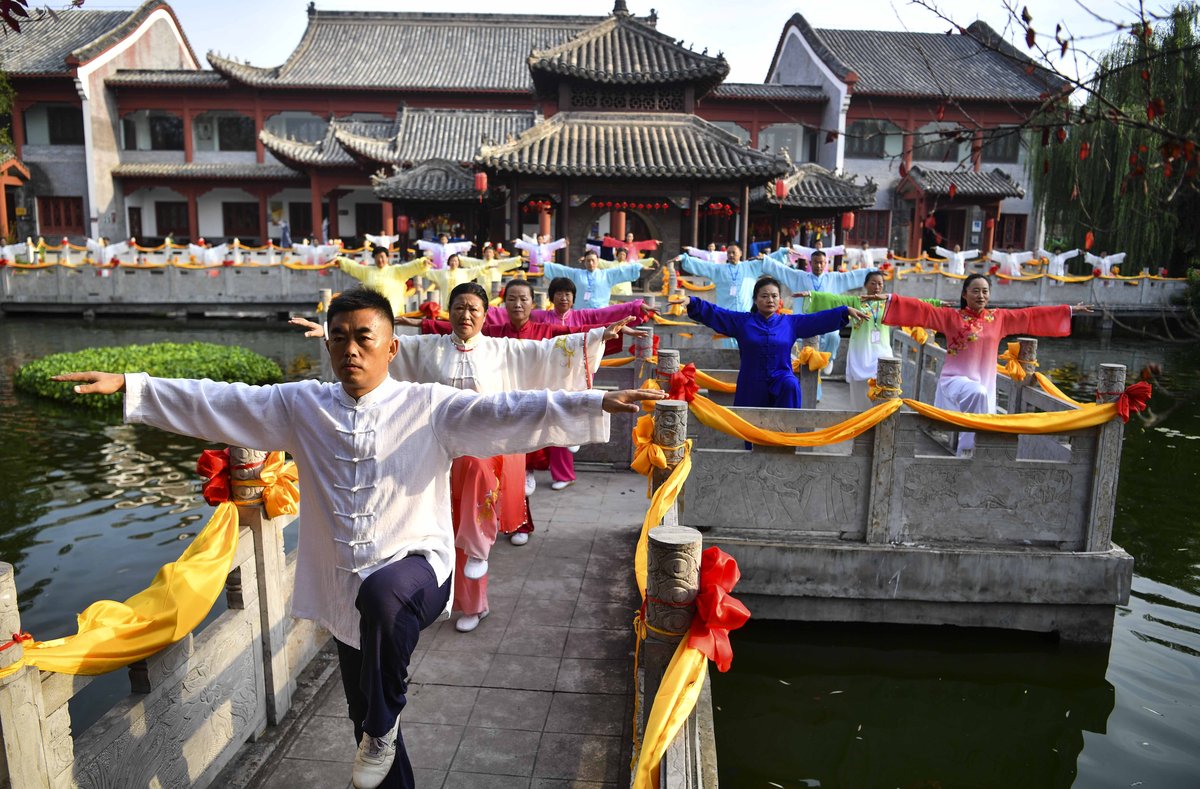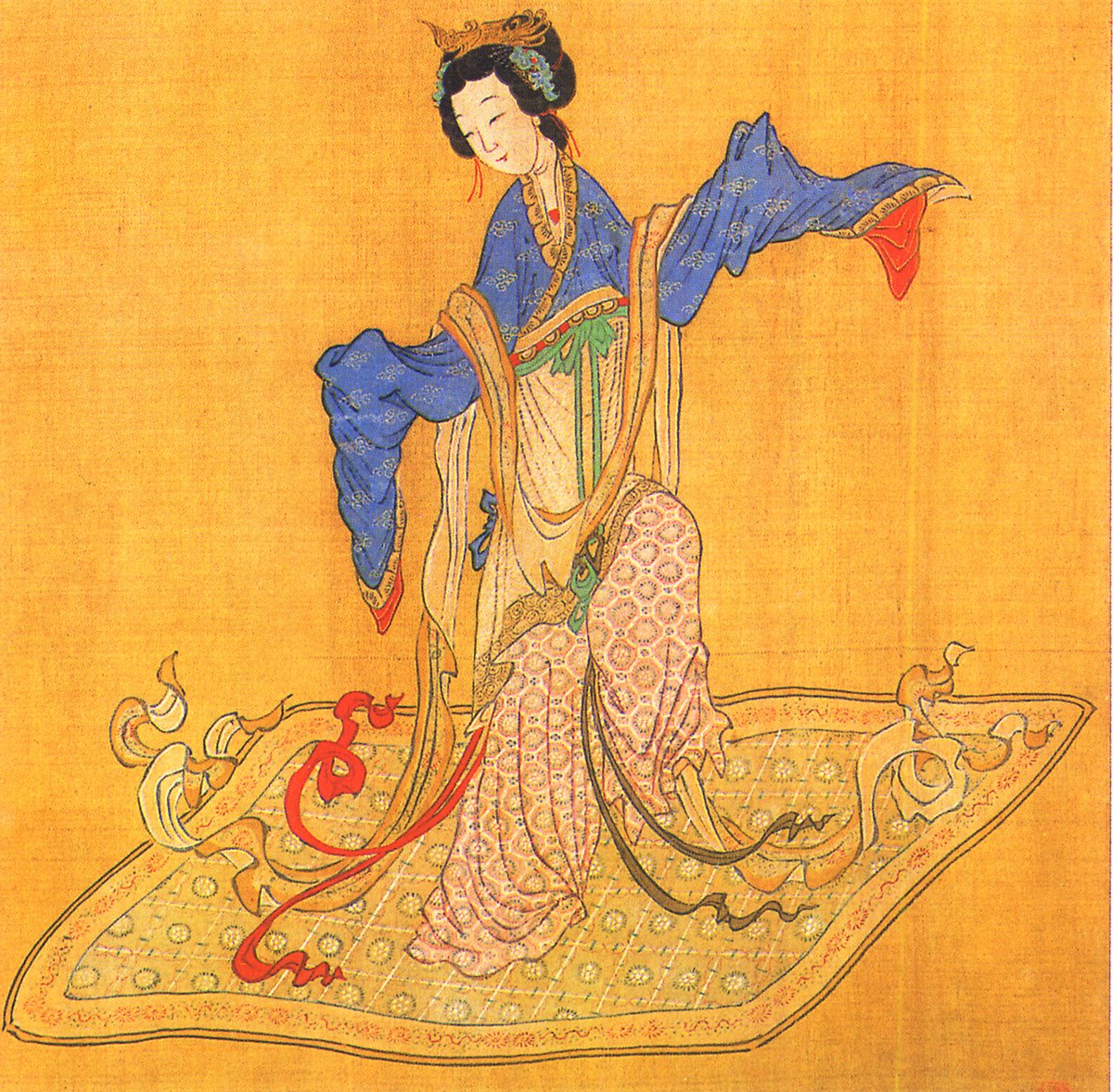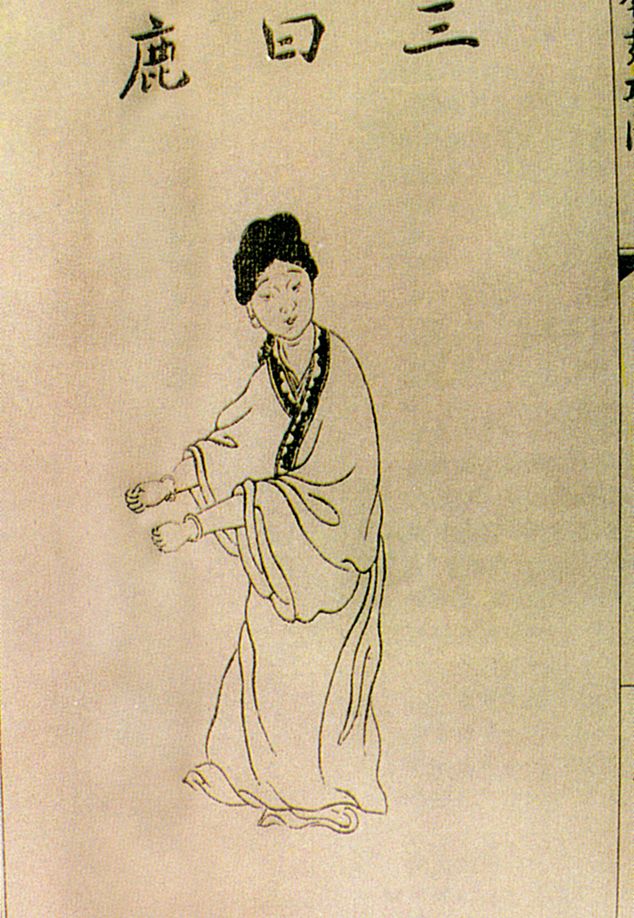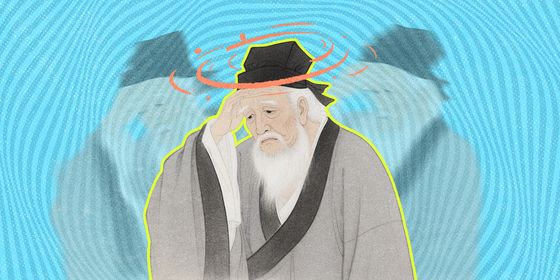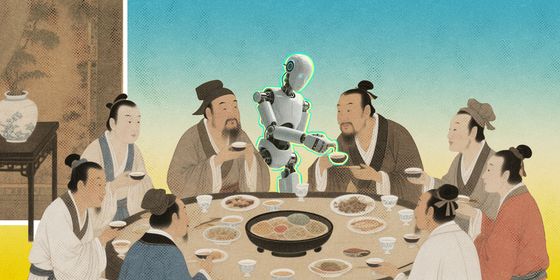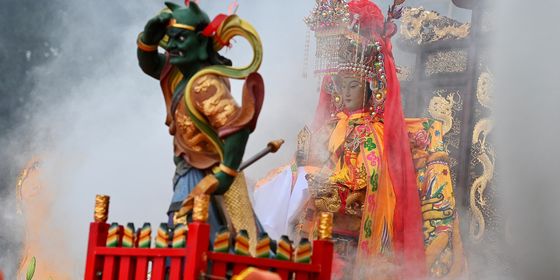From a weight-loss dance to diets of cacti and musk, ancient Chinese had a variety of ways to keep themselves slim
In 2021, a 20-year-old high school student died suddenly at a weight-loss camp in China’s northeastern Heilongjiang province, with her death blamed on eating insufficient food and doing aerobic exercise nearly six hours a day at the facility. “Society can accept you being ugly, but not being fat,” the camp’s founder declared in an online advertisement before the incident.
Chinese consumers are growing increasingly health conscious, with many young people now cutting sugar or additives from their diet. At the same time, anorexia—the deadliest mental disorder in the world—has become more and more prevalent in the country. Without the pressure of social media, and with the Tang dynasty (618 – 907) especially famed for its ”voluptuous beauties,” it would be tempting to believe that ancient Chinese had a healthier relationship with their weight. However, historical records, legends, and medical books show various bizarre and sometimes dangerous weight-loss methods with which people sought to improve their appearance or even win favor at court.
Starvation diets to please a king
According to Mozi, a book based on the teachings of the eponymous philosopher who attacked Confucianism in the Spring and Autumn period (770 – 256 BCE), King Ling of Chu was a big fan of people with slender waists. Under his reign, concubines, palace maids, and even court officials were desperate to lose weight by dieting, otherwise they would face the risk of being demoted, exiled, or even executed by the king. Consequently, everyone at court only ate one meal each day, and officials had to hold their breath and tighten their belts in the king’s presence, requiring them to lean against the wall to walk.
After a year of this, many officials developed sallow complexions and were emaciated, thereby coining an idiom: “King Ling of Chu’s fondness for slim waists starved many people to death at court (楚王好细腰,宫中多饿死).” This is used to disparage people who devote themselves to flattering their superiors. Undeterred, the king commanded 80,000 craftsmen and architects to spend six years building a gorgeous imperial abode called the Zhanghua Palace, also known as the “Slim Waist” Palace (细腰宫), to house beauties with slender waists. Inside, concubines and palace maids allegedly ate pieces of cloth or silk to suppress their appetite.
Diet pills and medicinal foods
Pills for weight loss became vogue centuries ago. Legend has it that Empress Zhao Feiyan in the Western Han dynasty (206 BCE – 25 CE) was so light that she resembled a flying swallow and could dance on a man’s palm. Emperor Cheng of Han had craftsmen make a special crystal plate for Zhao to dance on and also built a shelter for Zhao in case she was blown away by the wind while dancing.
In order to maintain her slim build, Zhao consumed cacti to suppress her appetite and diet pills mainly made up of musk. This was stuffed into her belly button and allowed to melt into her body, and allegedly kept Zhao’s skin white and her weight low, but also caused her to become infertile. The four-character idiom 环肥燕瘦, literally “Plump Huan and slender Yan,” refers to the respective looks of the famous concubine Yang Yuhuan of the Tang dynasty and Zhao Yan. It means that everyone is beautiful in their own way, and also sometimes means that every artistic work has its own merits.
Food therapy for weight loss was also popular throughout the ancient dynasties. In the Western Zhou dynasty, carp soup was used to help relieve swelling in the body. In the 14th century, hawthorn and lotus leaf were listed as diet foods by the Compendium of Materia Medica (《本草纲目》), with hawthorn helping one’s digestion and lotus leaves increasing yang energy, which can help burn calories. Even in the Tang dynasty, when buxom figures were the preferred beauty standard among women, slimming tea made of peach blossom was popular among women as noted by the medical text Essential Formulas for Emergencies Worth a Thousand Pieces of Gold (《千金要方》): “Three peach blossoms brewed with water to drink on an empty stomach can help slim the waist.”
Ancient shape wear and slimming tools
In the Ming dynasty (1368 – 1644), a type of undergarment called the hundred-button cloth (百扣衣) emerged among females in the imperial family. It was used to tighten the belly and physically restrict stomach space, which reduced appetite but also caused damage to the internal organs. Earlier, women in the Song dynasty (960 – 1279) had a less harmful method for slimming by wetting towels in cold water and rubbing their bodies repetitively, which was said to help burn calories and stimulate one’s metabolism.
Coarse brushes, made with hard bristles of horsehair, were in vogue in the Yuan dynasty (1206 – 1368). People rubbed them on their bodies repetitively until their skin became red and heated. The principle is the same as scraping, or guasha (刮痧), in Chinese medicine today, which is said to promote blood circulation.
Ancient weight-loss dance
Weight-loss techniques took a healthier turn at the end of the Eastern Han dynasty (25 –220) when famous physician Hua Tuo (华佗) invented what’s perhaps the precursor to modern “square dancing” among elderly aunties: wuqinxi (五禽戏) or “frolic of the five animals.” Inspired by the movements of the tiger, deer, bear, monkey, and crane, Hua created the dance to both help the public exercise and make the qi move in the meridians and organs of the body. Wuqinxi was regarded as a significant way to help lose weight and also improve one’s overall well-being.
With the exception of the Tang dynasty, it did seem like being light of weight was considered beautiful in the majority of ancient Chinese eras. In the Western Jin dynasty (265 – 317), the famous rich man and politician Shi Chong (石崇) had powdered agarwood spread on a bed and asked his concubines to walk through the powder. If the concubine left no footprints, then she would be rewarded with hundreds of pearls for being light of weight. If not, then Shi would urge her to go on a diet.
Whether you want to shed extra pounds gained over the holidays, or have weight loss as part of your New Year’s resolutions, these ancient weight-loss methods remind us of the importance of having a healthy approach to dieting and exercise, whatever the emperor may think.





